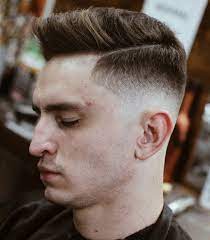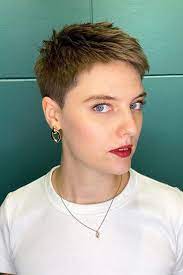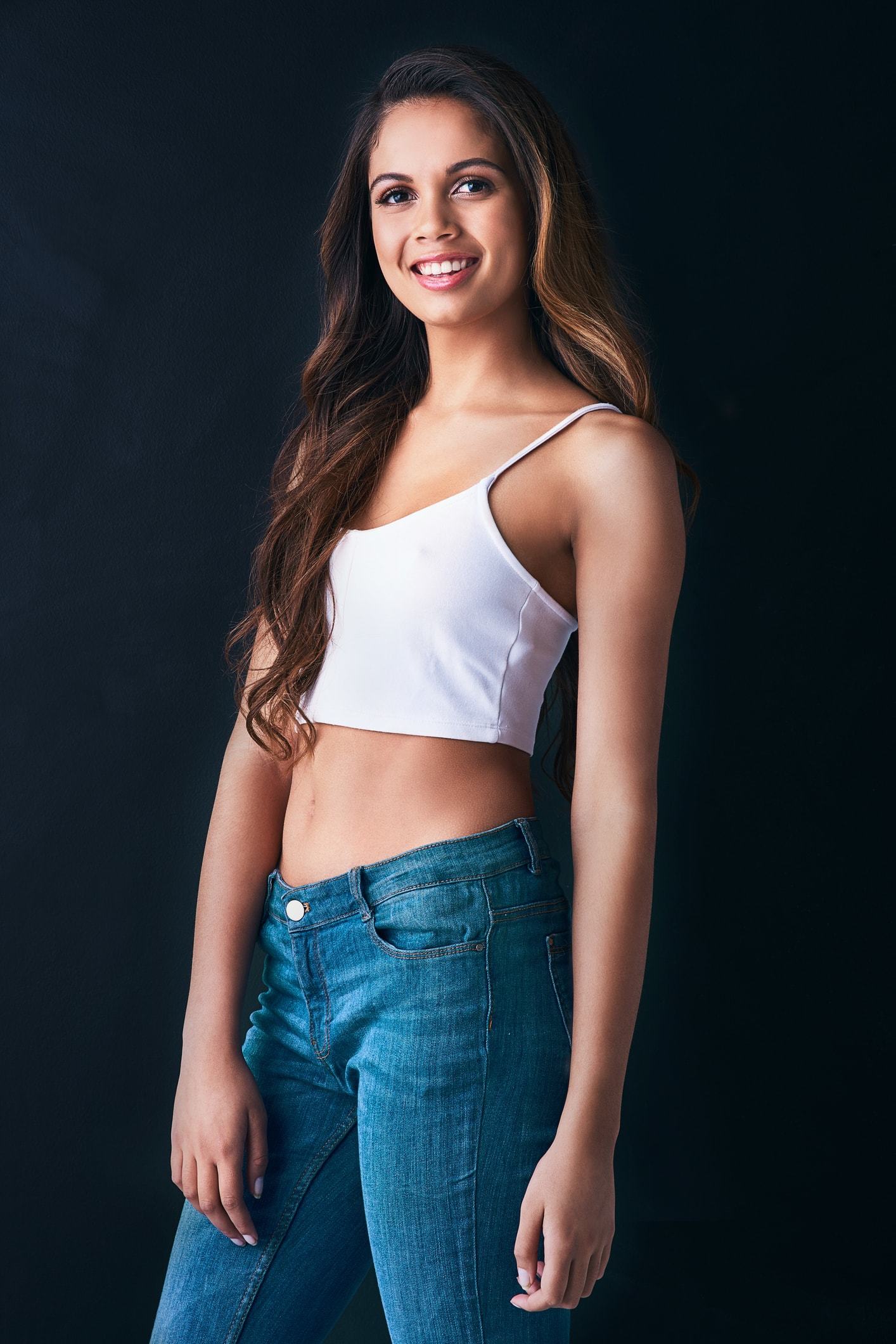High Fade:

A high fade starts near the bottom of your neck and gradually gets shorter, leaving about an inch of hair near your skin. It suits almost every hairstyle and looks excellent with beards, giving a rugged appearance. Consult your barber to find the best style for your hair, face shape, and lifestyle.
Low Fade:
A low fade adds subtle style without going overboard. It works well on fine hair, making it appear thicker and fuller. This fade starts just above the ears and is perfect for shorter locks, especially when paired with a tricky part. Low-fade haircuts are timeless classics suitable for any special event or occasion.
Mid Fade:
A mid fade is an understated yet elegant choice that blends well with facial hair and looks great with beards. It particularly suits curly locks. Inform your barber about the length and fade you prefer for optimal results. Choose an appropriate clipper grade to achieve the desired look.
Scissor Fade:
A scissor fade separates the head and facial hair, creating a masculine and sleek style. Discuss the fade you want with your barber and provide them with an image for better understanding. This style gradually shortens the hair on the sides and back using scissors over comb technique, resulting in a seamless gradient look. Style the longer hair on top according to your preference.
Line Up:
A lineup haircut provides a sleek and distinctive style. It works well with spiky locks or fades, adding height and dimension to your appearance. A slicked-back burst high fade with a lineup cut is modern, stylish, and suitable for shorter hair. This cut complements facial hair, making it an excellent option for those with beards or mustaches. Temple fades are another way to wear a lineup and look great with straight or wavy styles, whether casual or formal.

